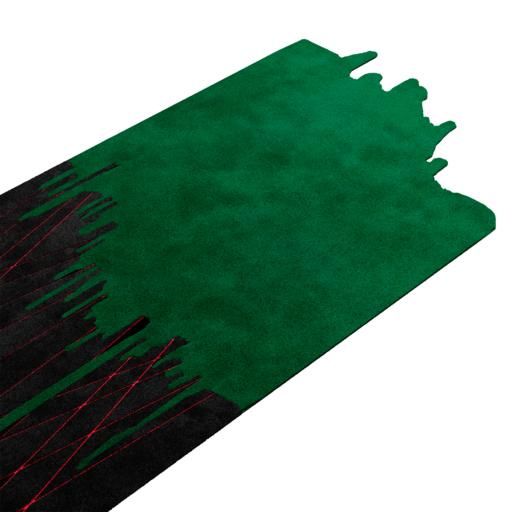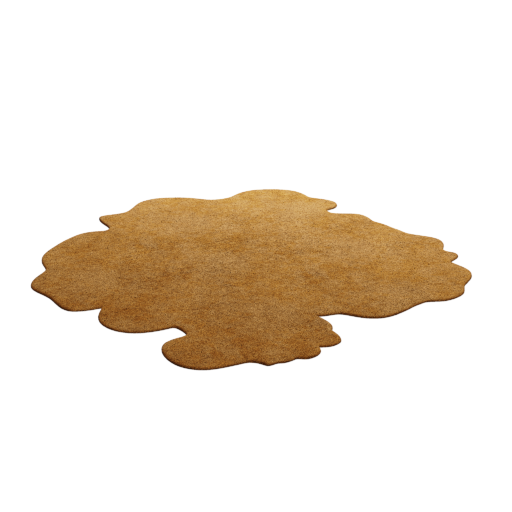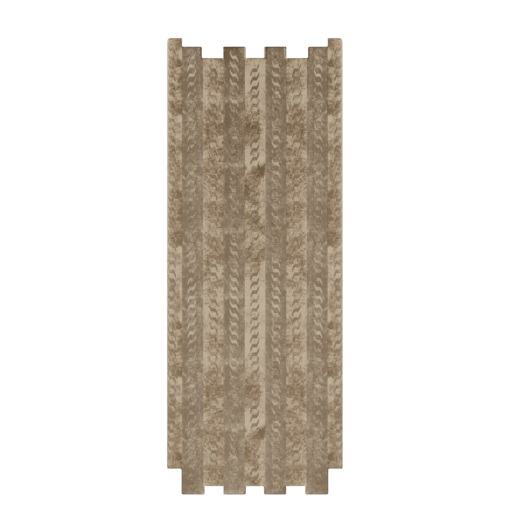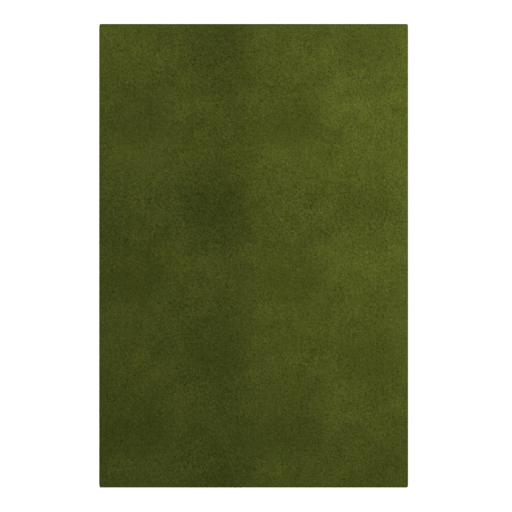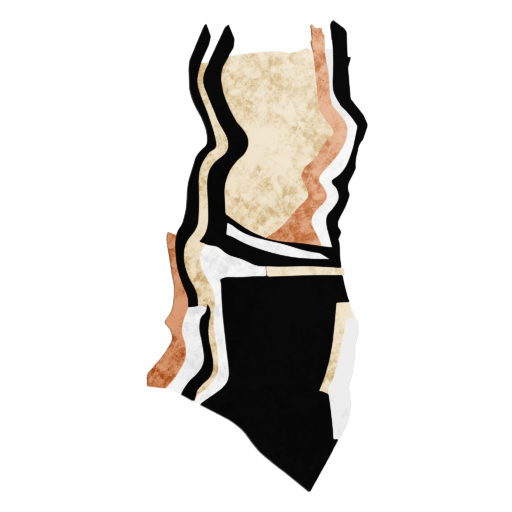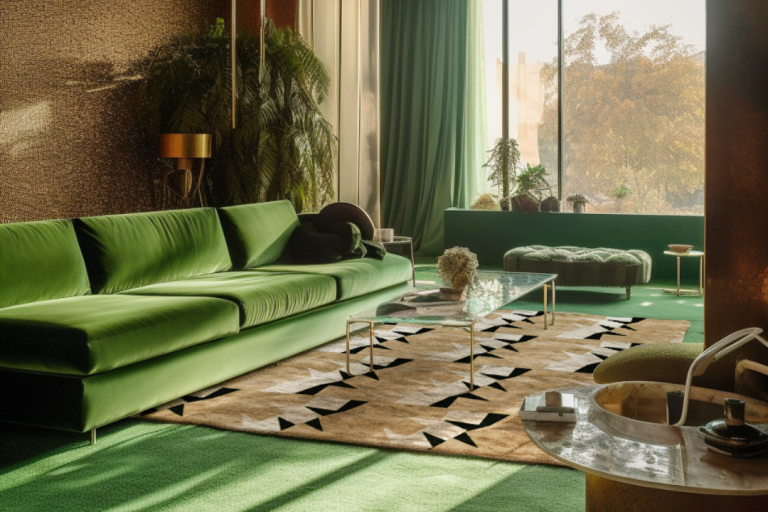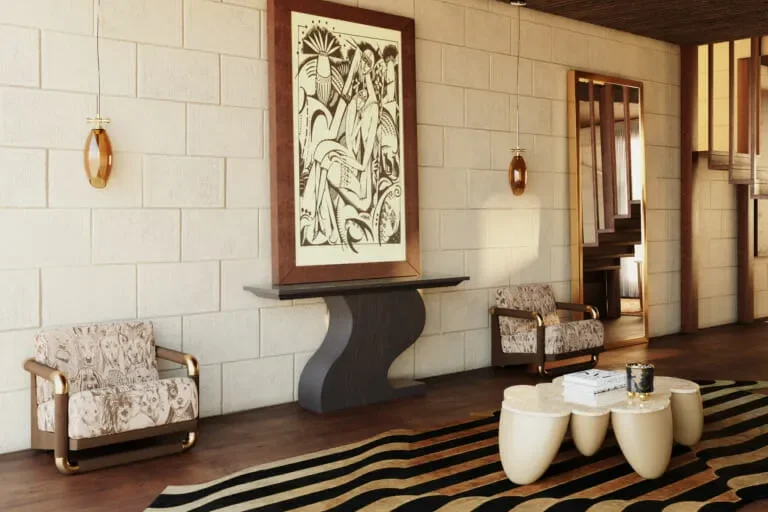Elevate your cooking with underfoot elegance! Explore kitchen rugs that spice up style and comfort, transforming your space into a tasteful haven.
Introducing a touch of underfoot elegance to your kitchen decor can transform the heart of your home into a stylish and inviting space. The often-overlooked element of a kitchen rug plays a crucial role in enhancing the overall aesthetic and providing a comfortable and practical solution.
In this exploration of “Kitchen Rug Inspiration: Spice It Up With Underfoot Elegance,” we delve into the myriad ways in which a carefully chosen rug can be the focal point that ties together the design elements of your kitchen while infusing a sense of warmth and sophistication.
From absorbing the impact of dropped dishes to adding an extra layer of insulation against cold floors, these underfoot adornments contribute to a holistic kitchen experience. Join us as we unravel the possibilities. Here are 7 tips.



1. Play With Patterns
Selecting a kitchen rug with captivating patterns can significantly enhance the visual appeal of your cooking space. Geometric designs bring a modern touch, while florals hint at nature. Classic motifs, on the other hand, provide a timeless charm.
The key is to align these patterns with your overall kitchen aesthetic. For contemporary spaces, bold and contrasting patterns may be ideal, while subtle, muted designs might complement a more traditional or minimalist decor.
The intricate dance between your rug’s patterns and the existing elements in your kitchen creates a harmonious and visually striking environment.


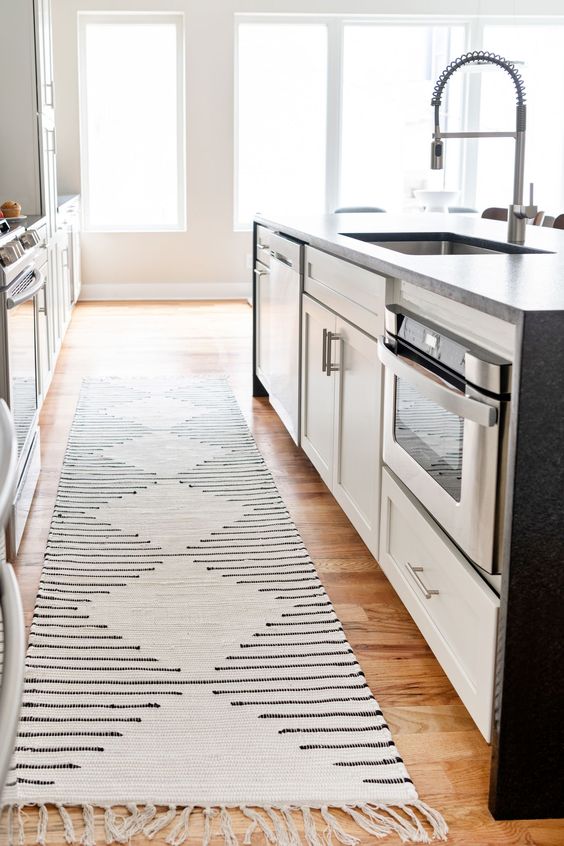
2. Size Matters
The size of your kitchen rug is not just a matter of aesthetics; it’s a practical consideration that can define the functionality of specific zones.
For instance, placing a rug beneath the sink or in the primary cooking area can help delineate these spaces within an open floor plan. Ideally, the rug should be large enough to accommodate chairs comfortably in eating areas.
A well-sized rug enhances the visual coherence of your kitchen and contributes to the overall comfort and functionality of the space.



3. Color Coordination
The color scheme of your kitchen rug plays a pivotal role in tying together the various elements of your culinary haven. The key is coordination, whether you opt for a rug that contrasts boldly with your existing palette or seamlessly blends in.
Harmonizing the rug’s colors with those of your walls, cabinets, and countertops creates a cohesive and inviting atmosphere. For a vibrant, eclectic look, you might choose a rug that introduces complementary or contrasting hues, injecting energy into the space.
Conversely, a more subdued color choice can create a serene and elegant ambiance, allowing other design elements to take center stage.



4. Texture For Depth
Introducing texture through your kitchen rug adds an extra layer of depth and sensory richness to the space. Whether it’s a woven rug that exudes warmth, a plush option for a touch of luxury, or a braided rug for a rustic feel, the tactile qualities of the carpet contribute to the overall sensory experience of your kitchen.
Additionally, texture can be functional in high-traffic areas, as certain materials may be more forgiving and resilient to wear and tear. By strategically incorporating different textures, you enhance the aesthetic appeal and create a dynamic and inviting environment in your culinary haven.



5. Easy-Clean Fabrics
Given the inevitable spills and foot traffic in a kitchen, practicality is paramount when selecting a rug. Opting for materials that are easy to clean and maintain ensures that your kitchen rug remains a long-lasting and stylish addition to your space.
Choosing rugs with removable and machine-washable covers can simplify the cleaning process, ensuring that your kitchen rug stays fresh and inviting despite the challenges of a busy culinary space.



6. Layering Magic
Experimenting with layering rugs can bring a touch of luxury and sophistication to your kitchen decor. Consider pairing a smaller, more intricately patterned rug with a larger, neutral-toned one to create a visually appealing contrast.
This layering technique adds depth to the overall design and defines specific functional areas within your kitchen.
For example, layering a smaller rug in the cooking or prep area and a larger rug in the dining or seating space creates a subtle yet effective distinction, elevating the aesthetic appeal of your culinary haven.



7. Personalize with Shapes
When selecting a kitchen rug, break away from the traditional rectangular rug norm and infuse a personalized touch with unique shapes. With their elongated form, runners are ideal for creating a defined walkway or accentuating a galley-style kitchen.
Round rugs can soften the angular lines of a square or rectangular kitchen, adding a sense of flow and continuity. Alternatively, consider unconventional shapes like hexagons or asymmetrical designs for a bold and contemporary statement.
The choice of rug shape presents an opportunity to express your style and create a truly distinctive visual impact in your kitchen space.


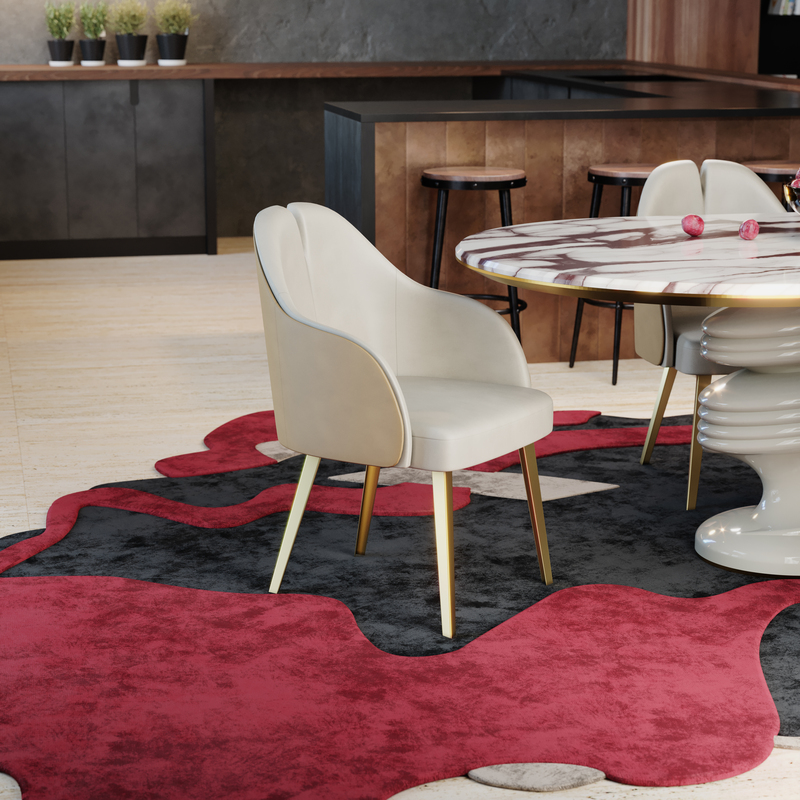
As you embark on the journey of spicing up your cooking space with these tips, envision your kitchen not merely as a place for culinary pursuits but as a curated haven where style and practicality converge seamlessly.
By integrating these insights, your kitchen rug will undoubtedly emerge as a refined and inviting space that reflects your taste and elevates the daily cooking and dining experience.
Looking for additional tips? Delve into our interior design projects for inspiration on incorporating tapis rugs into your creative endeavors.











